Table of Content
- Introduction: Welcome to the Talent Wars
- What Is Talent Poaching?
- Who’s doing the poaching?
- The Data: Why Are Employees Leaving?
- What Makes Your Team Vulnerable?
- The Recruiter’s Playbook: How Poaching Works
- What You Can Do: Defensive Strategies to Stop the Heist
- Offense Is the Best Defense: Should You Poach?
- Legal Landmines: What’s Off Limits?
- Future-Proofing: How to Build a Poach-Proof Culture
- Final Thought: It’s Not About Poaching — It’s About Belonging
Introduction: Welcome to the Talent Wars
Why are top performers walking out the door?
From Silicon Valley to startup hubs worldwide, companies are quietly losing their best people. Not because they’re disengaged — but because someone else is actively recruiting them.
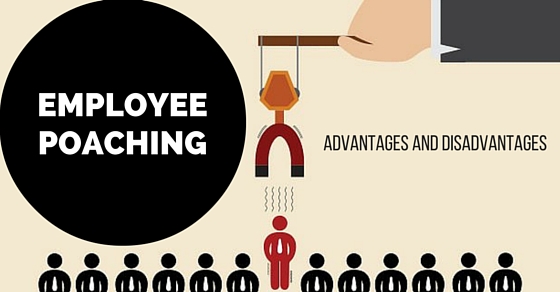
This is the era of talent poaching, where aggressive recruitment, better offers, and flexible work environments are luring professionals away. The worst part? Many companies don’t realize they’re vulnerable until it’s too late.
So, why do employees leave? Who’s poaching them? And more importantly, how can you stop it?
What Is Talent Poaching?
Talent poaching (also known as employee raiding) is when a company deliberately targets and hires employees from a competitor.
It's not illegal — but it’s controversial.
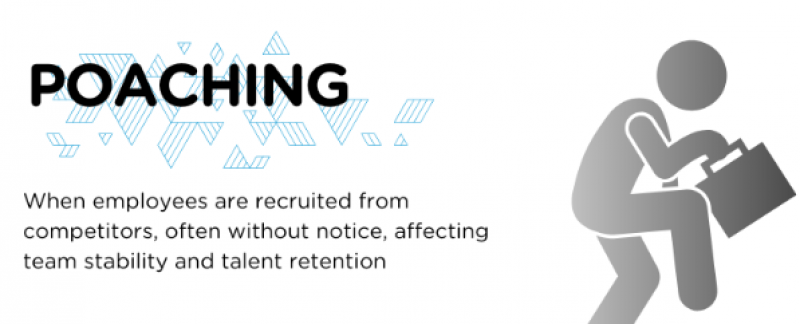
According to a report from LinkedIn, 73% of job seekers are passively open to new roles, even when they’re not actively looking. That makes them prime targets for recruiters.
Who’s doing the poaching?
- Big tech firms hiring from startups
- Startups luring away seasoned professionals from enterprise roles
- Competitors are tracking your team on LinkedIn and offering better packages
This is no longer just a recruitment strategy — it’s corporate warfare.
The Data: Why Are Employees Leaving?
To understand how to prevent poaching, we first need to ask: why do employees leave in the first place?
According to McKinsey’s 2024 “State of Employee Experience” report, the top five reasons employees voluntarily quit are:
- Lack of career development or advancement (41%)
- Inadequate compensation (36%)
- Uncaring and uninspiring leaders (34%)
- Lack of meaningful work (31%)
- Lack of workplace flexibility (29%)
Notice what’s missing? “Because they got poached” isn’t even on the list.
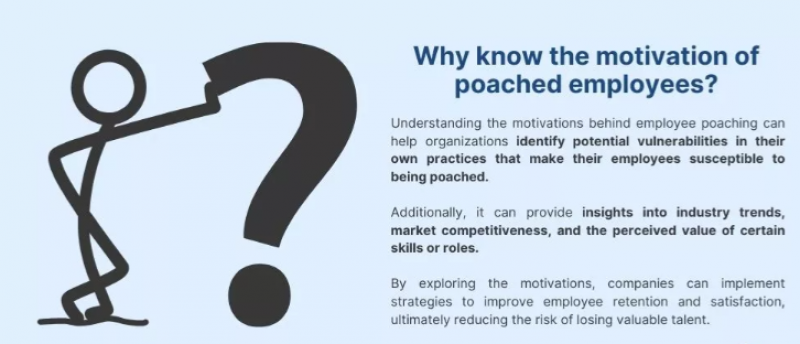
People don’t leave just because someone else calls — they leave because they’re already unsatisfied.
What Makes Your Team Vulnerable?
Your people don’t need to be unhappy to be poached. But certain red flags make it easier for recruiters to swoop in.
Here’s what makes you a target:
- High performers are not being recognized
High achievers want growth. If they’re not being challenged or rewarded, they’re open to change. - No clear career progression
If an employee doesn’t see a path forward, they’ll look elsewhere — often to your competitors. - Stagnant salaries
Money matters. If you’re not benchmarking salaries regularly, you’re leaving the door open for poachers. - Toxic leadership
Bad managers are the number one reason people quit their jobs. Even the best perks can’t compensate for poor leadership. - Rigid work policies
Companies with inflexible hybrid or on-site policies are seeing attrition rates climb — especially among Gen Z and Millennials.
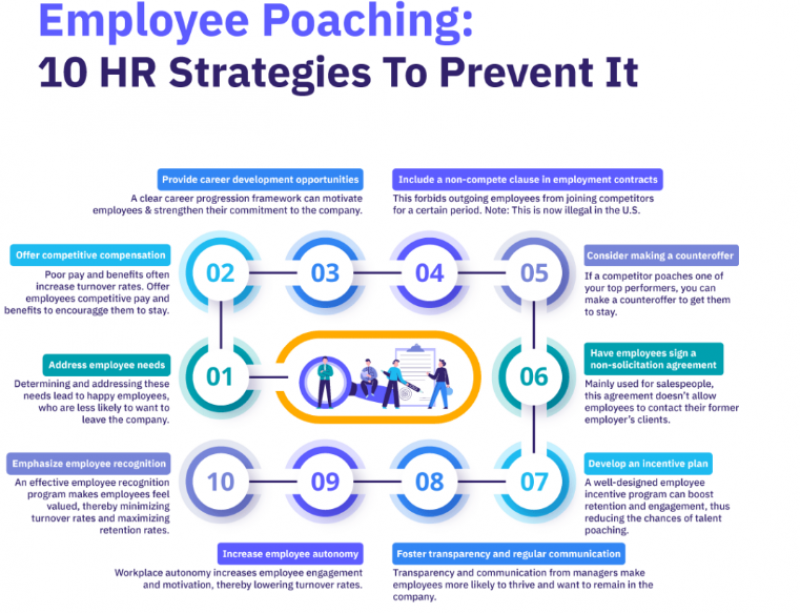
The Recruiter’s Playbook: How Poaching Works
Recruiters today are playing smart. They’re using tools like LinkedIn Recruiter, GitHub, Dribbble, and even Twitter/X to track talent.
Here’s how they approach:
- Direct InMail outreach: Personalized, data-driven messages with better offers.
- Employer branding ads: Subtle campaigns targeting competitors’ employees.
- Alumni tracking: Leveraging past employees to reach current ones.
- Referral bounties: Offering cash to anyone who brings in a candidate from a rival firm.
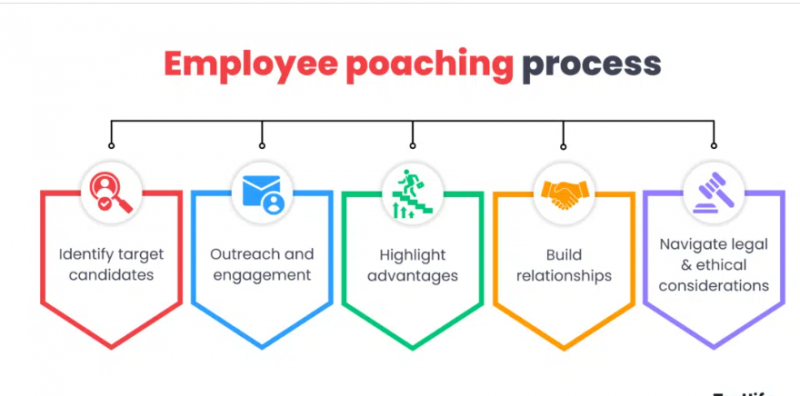
This isn’t random. It’s structured and highly targeted.
What You Can Do: Defensive Strategies to Stop the Heist
Preventing poaching doesn’t mean building walls — it means building loyalty.
Let’s break it down:
- Conduct “stay interviews”
Instead of waiting for exit interviews, ask employees regularly:
“What’s keeping you here?” and “What might tempt you to leave?”
This insight is gold. - Offer transparent career paths
Help employees visualize their future. Use internal mobility tools and regular development check-ins to align career goals. - Benchmark compensation regularly
If you’re not offering competitive pay, someone else will. Utilize platforms like Glassdoor, Levels.fyi, and PayScale to stay informed. - Promote internal mobility
Encourage role changes across departments. Let people grow without leaving. - Foster meaningful work
Employees stay when they feel their work matters. Align roles with purpose, and communicate the impact of their work. - Build a strong culture of recognition
Recognition doesn't always mean cash. Public praise, awards, and growth opportunities go a long way. - Train your managers
Poor management is talent repellent. Invest in leadership development, emotional intelligence, and feedback systems.

Offense Is the Best Defense: Should You Poach?
Here’s the ethical dilemma: Is it okay to poach if others do it to you?
The answer depends on your culture. Some firms take an aggressive approach, while others focus on inbound interest only.
If you choose to pursue active poaching:
- Be transparent and respectful
- Avoid targeting entire teams
- Never use confidential info from hires
- Reputation matters. A bad hiring play can cost you future talent — and trust.
Legal Landmines: What’s Off Limits?
While talent poaching isn’t illegal, crossing certain lines can land you in legal trouble.
Here’s what to avoid:
- Breaching non-solicitation or non-compete clauses
- Encouraging employees to bring proprietary data or clients
- Mass poaching or team lift-outs (these often trigger lawsuits)
- When in doubt, consult employment law experts.
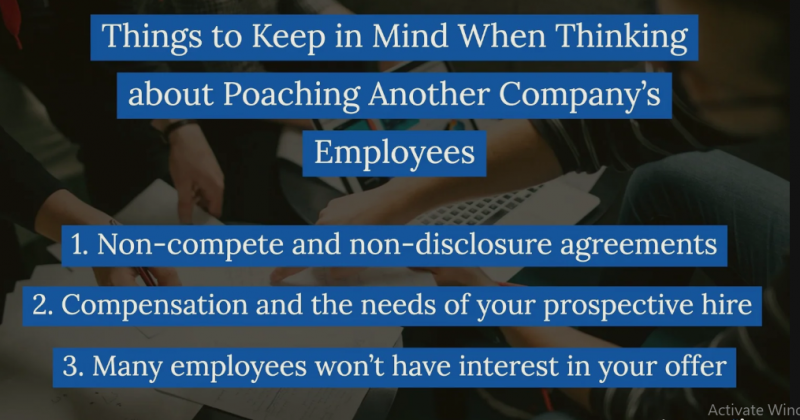
Future-Proofing: How to Build a Poach-Proof Culture
No culture is 100% poach-proof. But some companies are far more resilient.
What’s their secret?
- People-first policies
- Clear mission and purpose
- Empowered teams
- Transparent leadership
- Continuous learning opportunities
Companies like Patagonia, Atlassian, and Adobe regularly rank among the top retention leaders — and it’s no coincidence. They invest in people before problems arise.
Final Thought: It’s Not About Poaching — It’s About Belonging
At the heart of retention isn’t salary or perks — it’s belonging.
When people feel seen, heard, and valued, they stay. When they don’t, even the best counteroffer won’t work.
So don’t wait for the next resignation to act. Start building a workplace people never want to leave.
Post Comment
Be the first to post comment!





